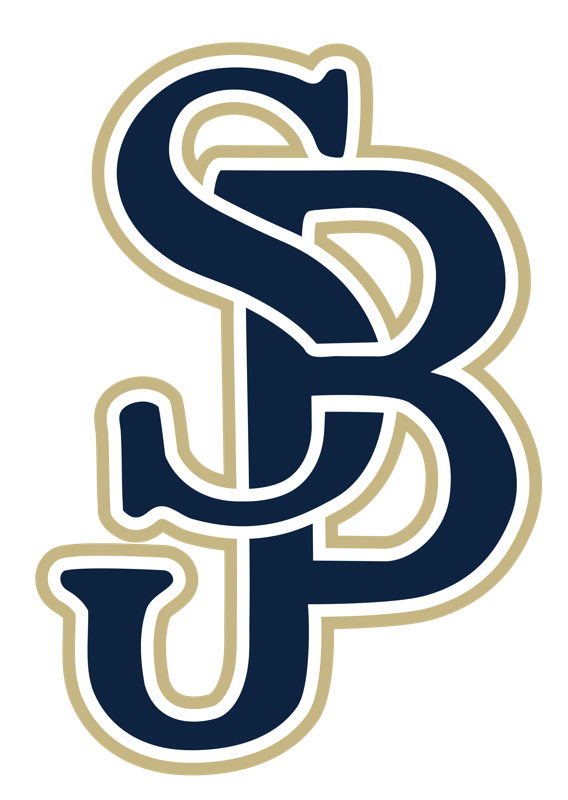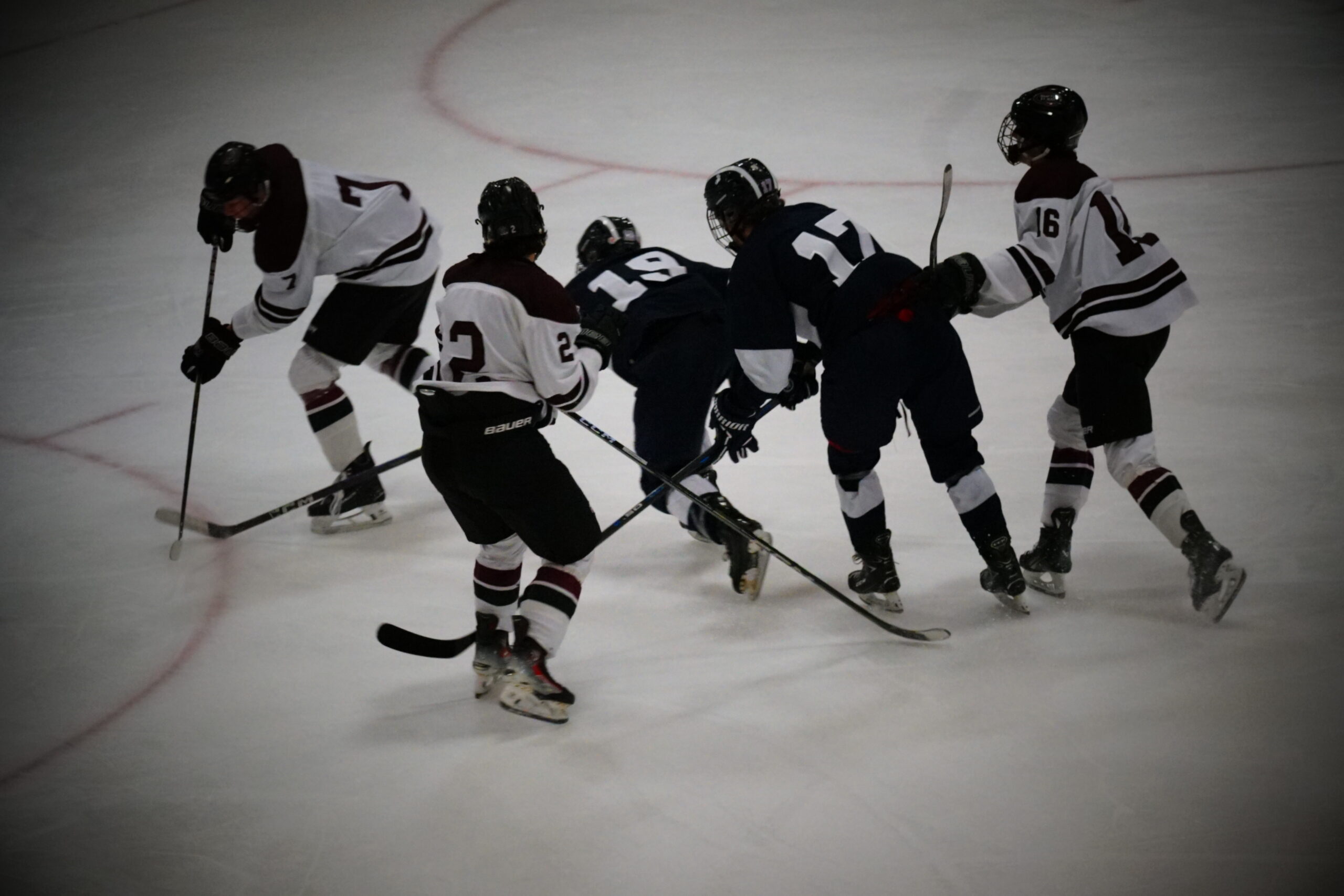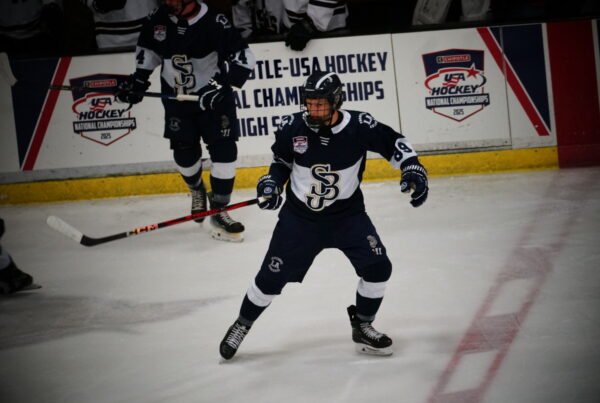Introduction
One of the biggest decisions a young hockey player can make is whether to pursue the Western Hockey League (WHL) or take the NCAA college route. Both paths can lead to professional careers, but they offer very different experiences.
WHL Overview
The WHL, part of the Canadian Hockey League (CHL), is a major junior league that offers high-level competition, intense travel schedules, and a semi-professional atmosphere. Players can sign contracts as young as 16 and often live away from home, giving them a head start on adapting to the pro lifestyle.
NCAA Overview
The NCAA route involves playing for a college or university in the U.S. Players usually start around 18–19 years old, which allows them more time to physically mature. They also benefit from a strong academic environment and the ability to continue their education while playing at a high level.
Key Differences
- Eligibility: Once you play in the CHL, you are ineligible for NCAA hockey. This decision is irreversible and should be made carefully.
- Education: NCAA players are full-time students, while WHL players may receive scholarship packages but focus mainly on hockey.
- Development: WHL players face pro-like schedules and often get drafted earlier, but NCAA players have more time to grow and aren’t rushed into the system.
Which Is Right for You?
Choosing between the WHL and NCAA should come down to your goals and personal readiness. Are you prepared for a professional-style schedule and lifestyle? Or would you benefit from the support and structure of a college environment?
Conclusion
There’s no wrong answer — both paths have led countless players to the NHL and beyond. What matters most is choosing the one that fits your personal, academic, and athletic goals.







